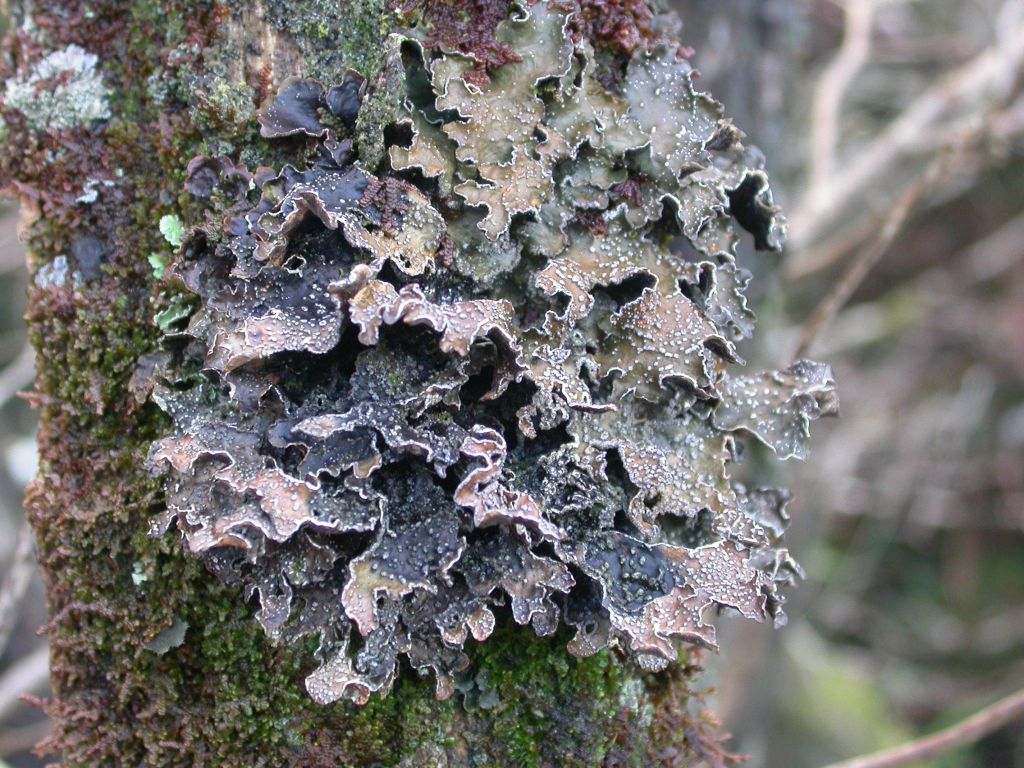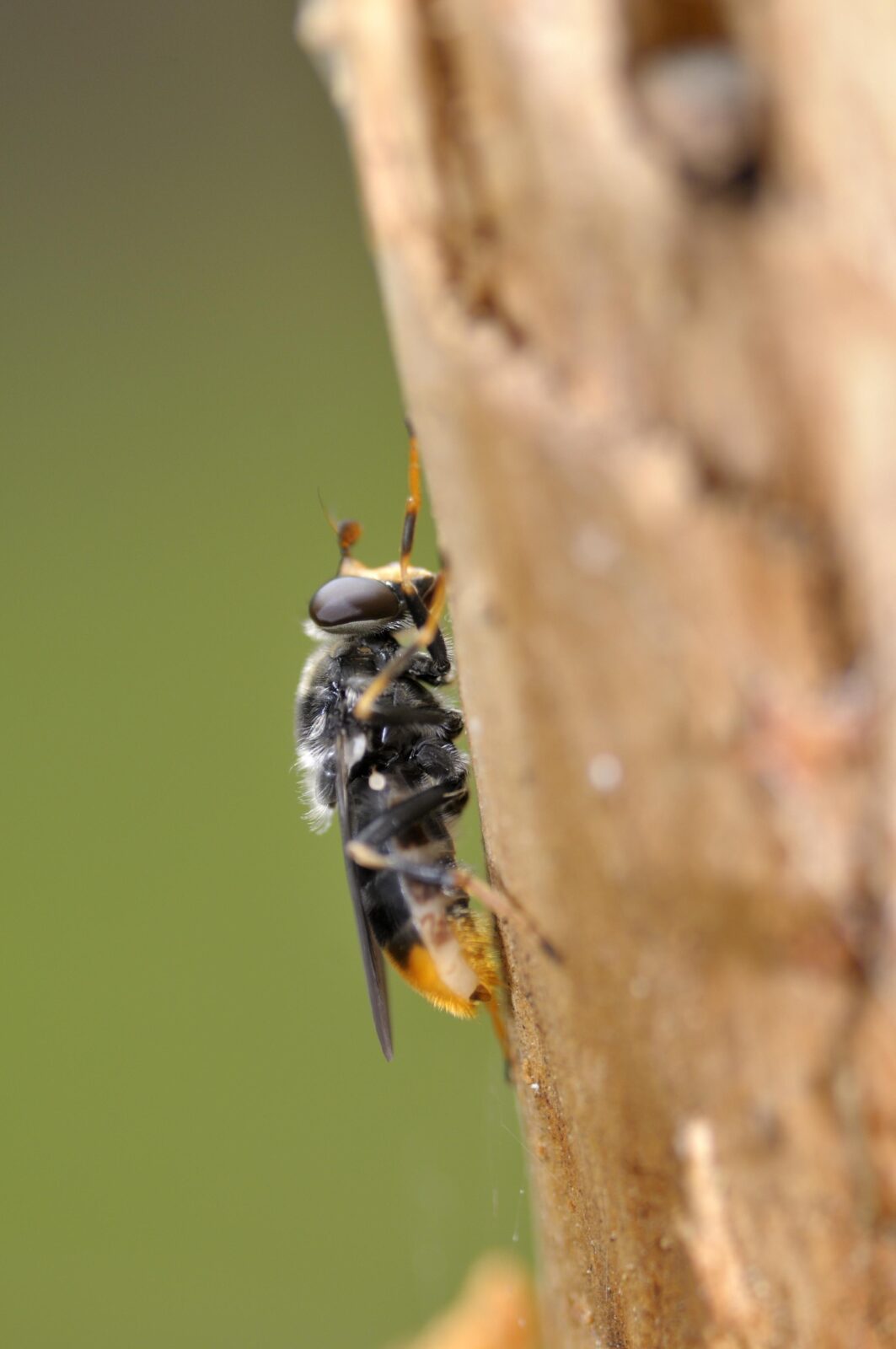
Nature in decline
State of Nature 2023 shows that since systematic monitoring of 407 Scottish species began in 1994, the numbers of those species has declined on average by 15%.
While some of these species have seen increases, in the last decade 43% have declined. Since 1994, Swift, Curlew, Lapwing and Kestrels have all declined by more than a half.
Some of the species that have suffered the biggest declines are less widely known and recognised, including moths such as Rosy Minor, Satyr Pug and Grey Mountain Carpet.

“UNDERSTANDing the state of nature is a vital platform for change and is the starting point for tackling losses.”
47% decline in flowering plants
Since 1970, almost half of Scotland’s flowering plants (47%), 62% of bryophytes (mosses, liverworts and hornworts) and 57% of lichen species have been lost from areas where they used to be found.
This demonstrates huge shrinkage in the number of places where these important plants and lichens are found.
Many of the habitats our plants depend on have been impacted by changes in agriculture since the 1950s. The decline of our arable wildflowers is particularly concerning, with 66% of these species, such as Corn Marigold, decreasing in range in Scotland.


Scotland’s seabirds
Scotland’s globally important seabirds are among the biggest concern.
Of particular concern are precipitous declines in Arctic Skua and Kittiwake, influenced by climate change and changes in fish populations in part associated with fishing pressure.
The 11 regularly monitored species declined by nearly half between 1986 and 2019 – before the more recent as yet unknown but significant impact of bird flu.
Reasons for decline
Declines in biodiversity may be driven by the intensive use of our land for agriculture and forestry, overgrazing and the use of our seas for fishing.
These impacts are exacerbated by climate change, pollution, inappropriate development, invasive non-natives and disease.
However, some species are benefiting from some of these factors, expanding their ranges with climate change or taking advantage of intensively managed habitats.


Conservation success
The report also reveals that communities, conservation projects and legislation can have a positive impact on nature and the wider environment.
Numbers of the rare and critically endangered Pine Hoverfly have increased thanks to population reinforcement and Great-crested Newts have benefited from pond creations by farmers and foresters.
Water Voles have recolonised areas in which invasive non-native American Mink have been controlled and numbers of critically endangered Flapper Skate are increasing thanks to better fisheries management and Marine Protected Areas.
Explore all countries
There are ways you can help nature
Producing the State of Nature report was only possible due to thousands of volunteers giving up their time to help record and monitor wildlife. There are a number of schemes which need more help.
You can count wildlife with these organisations:
State of Nature partners welcome volunteers to help with a wide range of tasks from managing nature reserves to answering the phone. Whatever your skills, you could help nature by volunteering your time and support.
Volunteers are always welcome with the organisations below:
From bats to butterflies, nature needs your help. Manage your space for wildlife, whether it’s in your garden, house, window box, school or office you can help nature thrive.
These are some of the organisations with great ideas for your green space:
From protecting important sites for wildlife to defending the laws that protect nature you can make your views count.


















